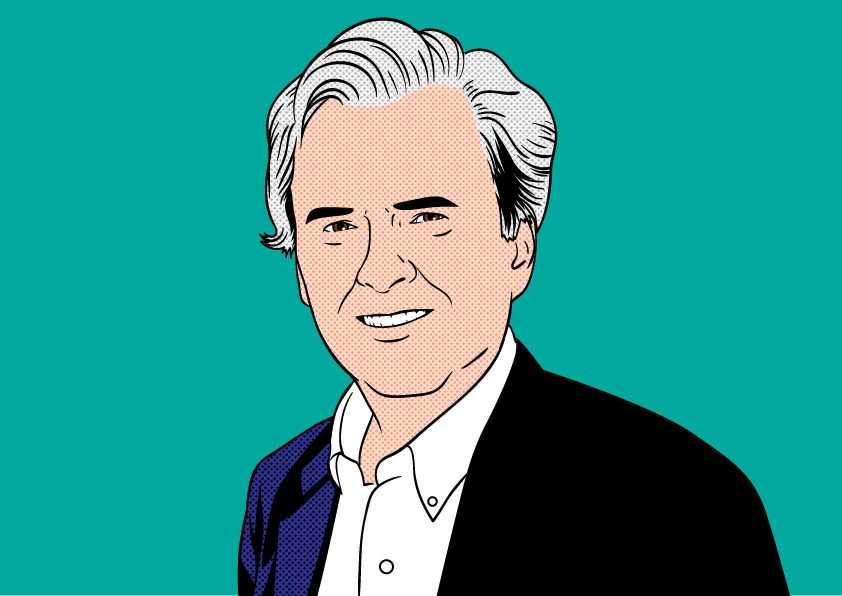Forget the Branch, It’s the App That Matters

By Robert McGarvey
The CUtimes headline is a slap upside your head: Consumers Care More About Your App Than Your Branches.
Read it again.
Now explain this to me: I am a member of two credit unions, 2300 miles apart, both with assets over $1 billion – and yet they have the identical mobile banking app. Oh, sure, the branding window dressing differs – that is, the names and similar. But the actual guts of the app, what they in fact do, are identical. Not kind of similar. Identical.
How can that be considered thoughtful branding, 2019 style?
And how many credit unions are on mobile apps that literally 4000 other credit unions have?
Which is where this explosive report from card issuer Marqeta blows the doors off oldstyle thinking. According to it, Propeller Insights surveyed more than 2000 US and UK adults for Marqeta and the giant conclusion: the front door to a financial institution is an app not a branch.
Reported Marqeta: “One of the most striking results of the survey is how much more greatly people value the digital banking experience over the physical equivalent: 62% of Americans already do the majority of their banking online, compared to just 31% of Americans who say they primarily bank in person.”
Marqeta added: “When asked about how they would feel if every physical bank branch was closed down tomorrow, only one-third of US consumers (33 percent) and one quarter of UK consumers (23 percent) said they would be inconvenienced by this.”
Look through a random sampling of credit union trade publications and count the stories about branch remodels – you’ll see lots. Why? Is this even an issue anymore?
What are you doing to make your app distinctive? Unique? How many stories have you seen about that?
None, right.
Can you in fact do anything at all or is an app shoved down your institutional throat by a vendor and you can take it or leave it?
Hold that thought.
Chew on this Marqeta finding: “69% of Americans expect to use their mobile banking app regularly in the next three months, while just 30% expect to visit a physical bank branch.”
Personally I do not plan to visit a branch and in fact the only times I set foot in a branch is when I am wearing my reporter hat and want to experience a branch first hand or when something has gone terribly wrong with my account and I am in the branch to shake things up.
Incidentally, Marqeta data say that fixing errors no longer is that compelling a reason for visiting a branch: “The physical branch didn’t even factor as important to consumers when they imagined having to fix an error that their bank had made: 28 percent of UK consumers and 23 percent of US consumers said it was important for them to be able to visit a bank in person to fix a problem, while 54 percent of US consumers and 51 percent of UK consumers said it was simply more important that it was fixed quickly, through whatever channel necessary.”
For 99% of us, 99% of the time there is no good reason to set foot in a branch. Ever.
I urge you to open an account with Chase or Capital One or USAA. Feast on their mobile apps and ask yourself, is ours as good?
Spoiler alert: it isn’t.
Marqeta goes on to warn about the threat posed by digital only banks – sometimes called challenger banks – but I don’t see much threat there. Not to credit unions.
But I see enormous threats from the mega banks with IT budgets bigger than the GDP of mid sized countries and when they go out to hire developers they look for people with strong consumer app experience, that is, people good at writing code that engages people and creates a fun experience.
Has anybody, other than the salesman who sold you your mobile app, ever described it as fun or engaging?
What can you do to make your mobile app your app?
Sure. I know a handful of very big credit unions – think over $5 billion – have custom mobile banking apps.
Good for them but what can the vast majority of credit unions, with much less resources, do to compete in today’s digital world?
That has become the critical question and it’s now a matter of life and death.
Forget the branch, it’s the app that matters – CUInsight http://bit.ly/37ehUa4
